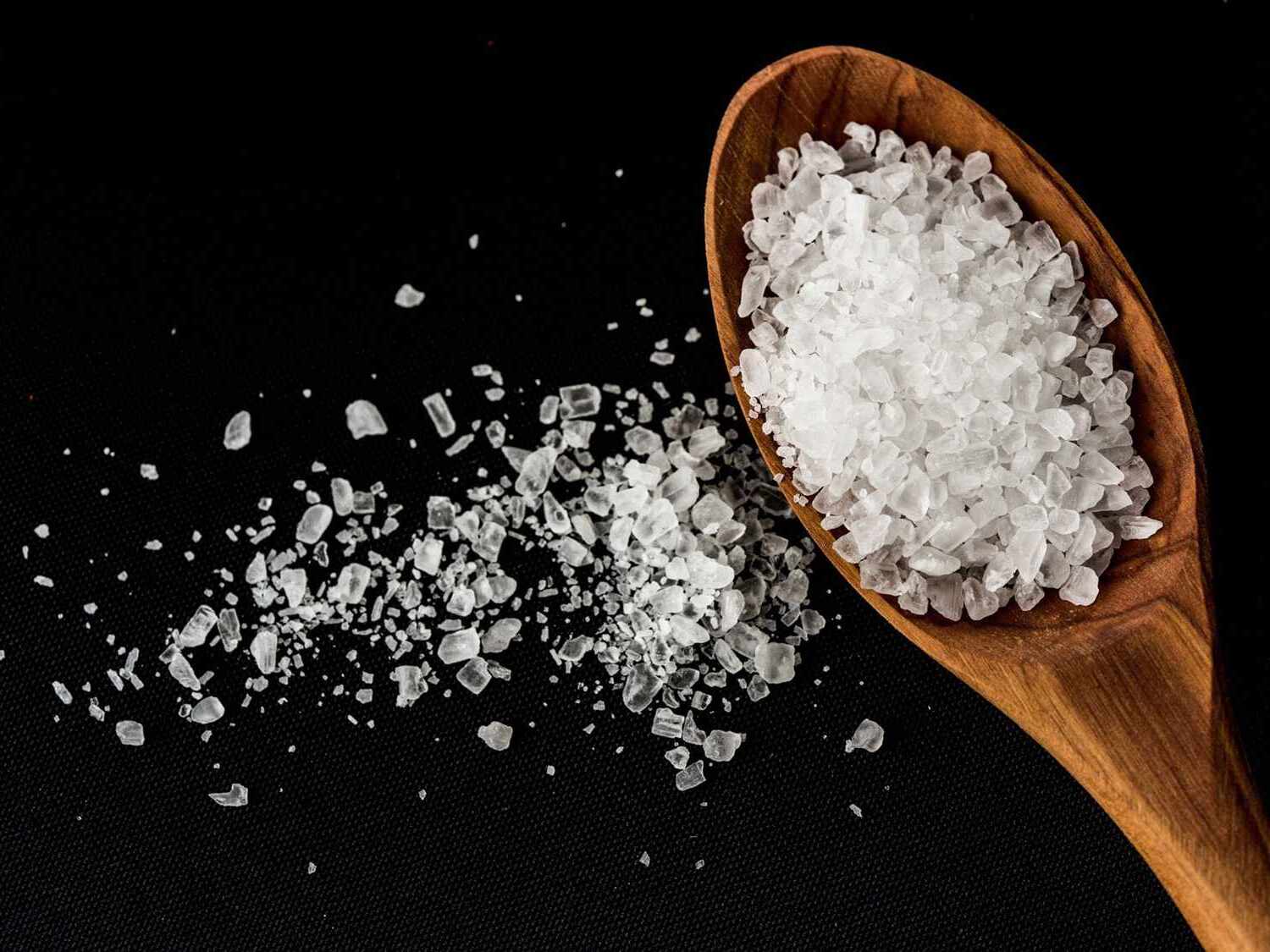
Ever wondered why sodium levels matter? Sodium, a key electrolyte, plays a crucial role in maintaining fluid balance, nerve function, and muscle contractions. Too much or too little can lead to serious health issues. High sodium levels, often from processed foods, can cause hypertension, increasing the risk of heart disease and stroke. On the flip side, low sodium levels, or hyponatremia, can result in confusion, seizures, and even coma. Understanding sodium's impact on your body helps you make better dietary choices. Ready to dive into 25 intriguing facts about sodium levels? Let’s get started!
Key Takeaways:
- Sodium is crucial for hydration and muscle function. Limit intake to avoid health risks. Look for hidden sodium in processed foods and choose low-sodium options.
- Manage sodium intake by reading labels, cooking at home, and using herbs and spices. Sodium is essential for exercise, but balance is key for optimal performance.
What is Sodium?
Sodium is a mineral essential for human health. It plays a crucial role in maintaining fluid balance, transmitting nerve impulses, and aiding muscle function. Here are some fascinating facts about sodium levels.
-
Sodium is an electrolyte: It helps regulate water levels in and around cells, ensuring proper hydration and function.
-
Daily intake recommendation: The American Heart Association suggests no more than 2,300 milligrams of sodium per day, with an ideal limit of 1,500 milligrams for most adults.
-
Sodium in table salt: Table salt is about 40% sodium. One teaspoon of salt contains approximately 2,300 milligrams of sodium.
-
Processed foods: Over 70% of the sodium consumed comes from processed and restaurant foods, not from the salt shaker.
-
Hidden sodium: Foods like bread, cheese, and even some breakfast cereals can contain high levels of sodium.
Health Impacts of Sodium Levels
Sodium levels can significantly impact health, both positively and negatively. Understanding these effects can help manage intake better.
-
High blood pressure: Excessive sodium intake can lead to hypertension, increasing the risk of heart disease and stroke.
-
Kidney function: High sodium levels can strain kidneys, making it harder for them to remove excess fluid from the body.
-
Bone health: High sodium intake can lead to calcium loss, potentially weakening bones over time.
-
Water retention: Consuming too much sodium can cause the body to retain water, leading to bloating and swelling.
-
Heart disease: Long-term high sodium intake is linked to an increased risk of developing heart disease.
Sodium in Different Foods
Sodium content varies widely across different foods. Knowing which foods are high or low in sodium can help manage intake.
-
Canned soups: Many canned soups are high in sodium, often containing more than 700 milligrams per serving.
-
Fast food: Items like burgers, fries, and pizza are typically loaded with sodium, sometimes exceeding daily recommendations in one meal.
-
Deli meats: Processed meats such as ham, salami, and bacon are significant sources of sodium.
-
Cheese: Many types of cheese, especially processed varieties, contain high levels of sodium.
-
Fresh produce: Fruits and vegetables naturally contain very little sodium, making them excellent choices for a low-sodium diet.
Managing Sodium Intake
Managing sodium intake is crucial for maintaining good health. Here are some tips and facts to help keep sodium levels in check.
-
Read labels: Always check nutrition labels for sodium content, especially on processed foods.
-
Cook at home: Preparing meals at home allows for better control over sodium levels.
-
Use herbs and spices: Enhance flavor with herbs and spices instead of salt.
-
Rinse canned foods: Rinsing canned beans and vegetables can reduce their sodium content.
-
Choose low-sodium options: Opt for low-sodium or no-salt-added versions of your favorite foods.
Sodium and Exercise
Sodium plays a vital role in exercise and physical activity. Here’s how it affects performance and recovery.
-
Electrolyte balance: Sodium helps maintain electrolyte balance, crucial for muscle function during exercise.
-
Sweat loss: Athletes can lose significant amounts of sodium through sweat, necessitating replenishment.
-
Sports drinks: Many sports drinks contain sodium to help replace what’s lost during intense physical activity.
-
Muscle cramps: Low sodium levels can contribute to muscle cramps during or after exercise.
-
Hydration: Proper sodium levels help maintain hydration, essential for peak athletic performance.
Sodium Levels Matter
Understanding sodium levels is crucial for maintaining good health. High sodium intake can lead to hypertension, increasing the risk of heart disease and stroke. On the flip side, too little sodium can cause hyponatremia, leading to symptoms like headaches, nausea, and confusion. Balancing sodium intake helps keep your body functioning properly.
Most sodium in diets comes from processed foods, so reading labels and choosing fresh options can make a big difference. The recommended daily intake for adults is about 2,300 milligrams, but many people consume much more. Reducing sodium can be as simple as cooking at home more often and using herbs and spices for flavor instead of salt.
By paying attention to sodium levels, you can take a big step toward a healthier lifestyle. Small changes can have a significant impact on overall well-being.
Frequently Asked Questions
Was this page helpful?
Our commitment to delivering trustworthy and engaging content is at the heart of what we do. Each fact on our site is contributed by real users like you, bringing a wealth of diverse insights and information. To ensure the highest standards of accuracy and reliability, our dedicated editors meticulously review each submission. This process guarantees that the facts we share are not only fascinating but also credible. Trust in our commitment to quality and authenticity as you explore and learn with us.


